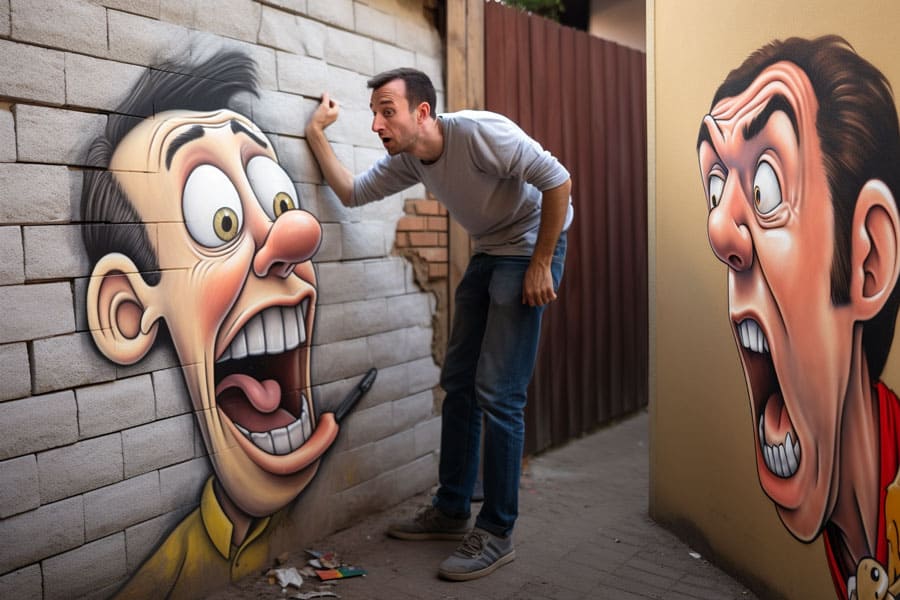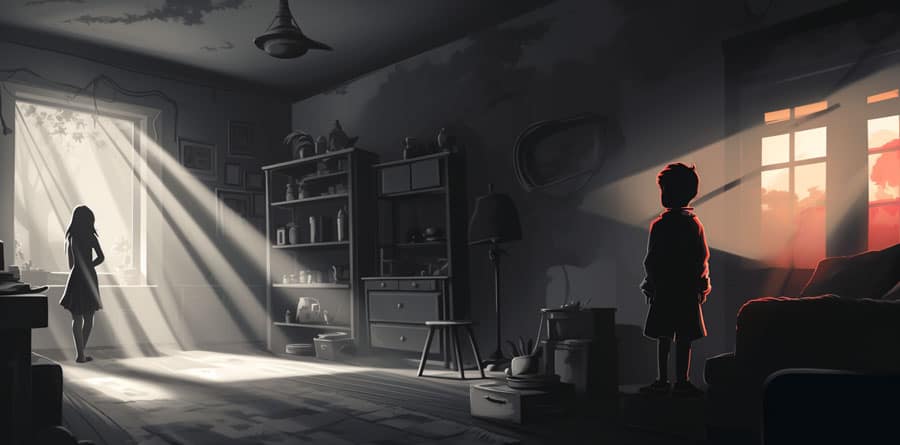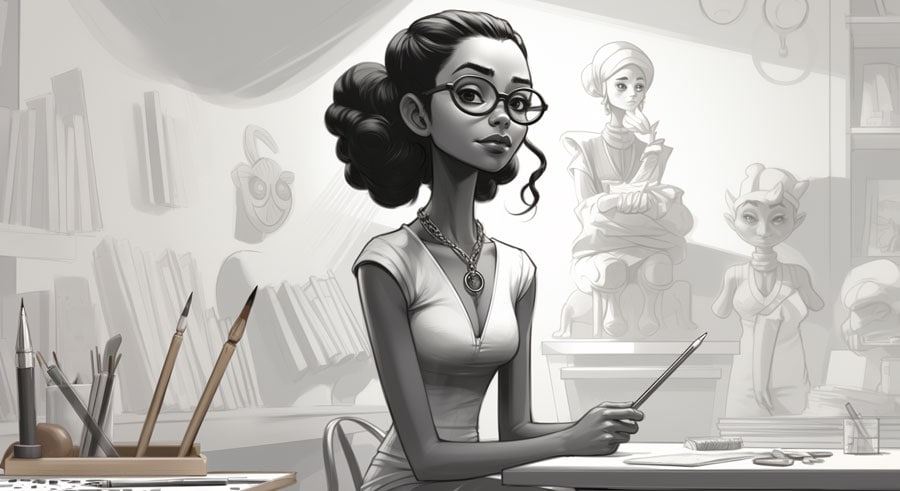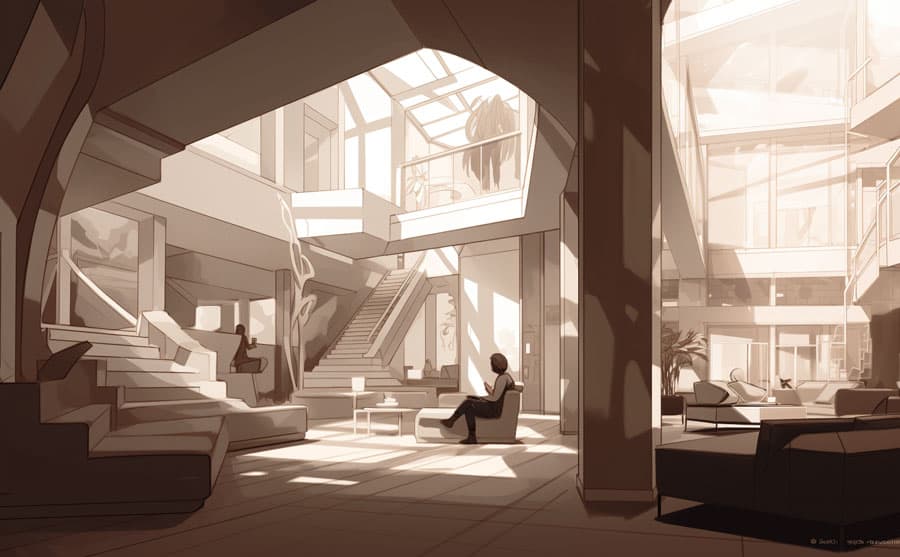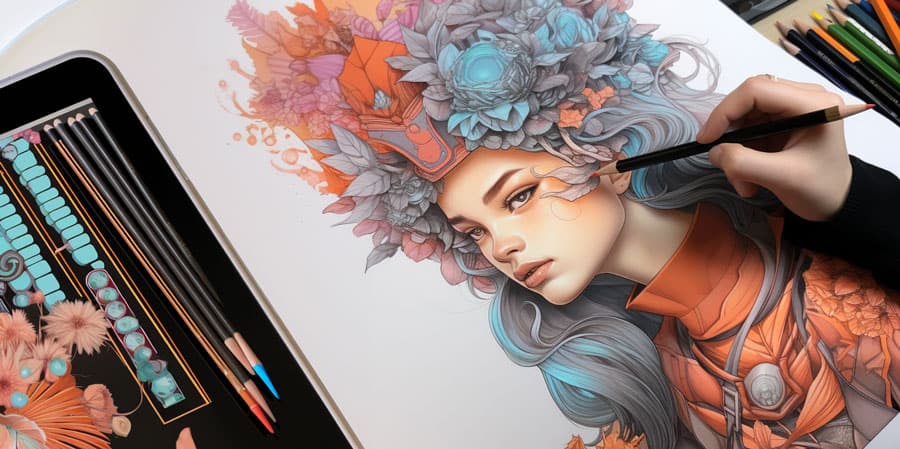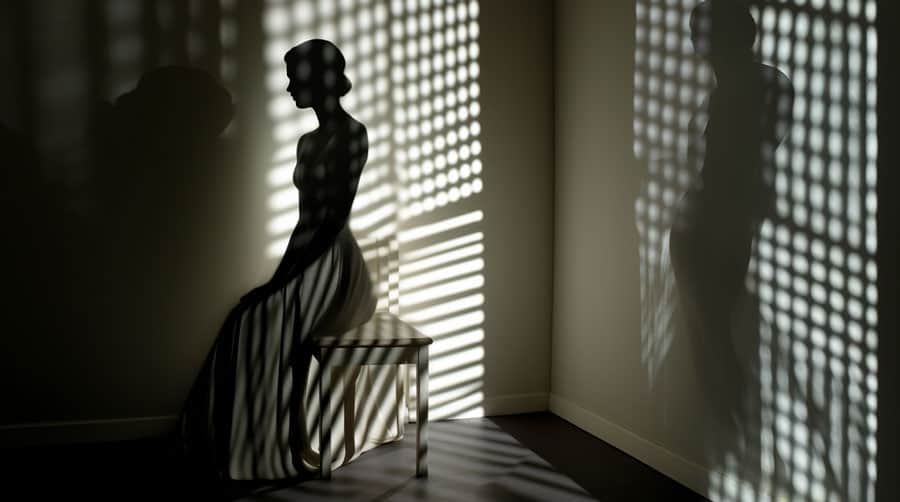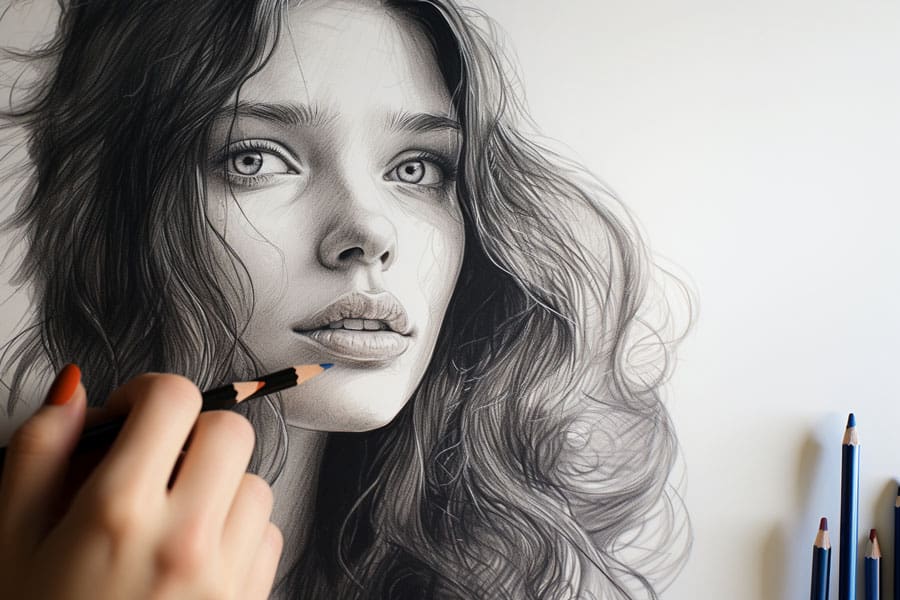Bringing 2D Cartoons to Life: Enhancing with Shading Techniques
Cartoons have long been a beloved art form, captivating audiences with their vibrant characters and imaginative worlds.
While traditional 2D cartoons are created on a flat surface, skilled artists have found ways to make these characters seemingly leap off the page through the clever use of shading techniques. By adding depth, dimension, and realism, shading can transform a static image into a dynamic and visually striking piece of art.
Here’s a step-by-step guide on how to enhance 2D cartoons with shading techniques to give them a three-dimensional appearance:
1. Understand Light Source and Direction:
Before diving into shading, it’s crucial to comprehend the concept of light source and direction. Determine where the light is coming from in your scene as this will dictate how shadows fall on your characters and objects. Consistency in lighting will lend credibility and coherence to your artwork.
2. Start with Basic Shapes and Outlines:
Begin your drawing by sketching the basic shapes and outlines of your characters or objects. Keep the lines light and loose, allowing room for adjustments and corrections.
3. Identify Areas for Shading:
Visualize the areas that would naturally be darker based on the light source. Typically, areas away from the light source or those blocked by other objects will be shaded. Common areas for shading include underneath forms, creases, folds, and edges.
4. Gradual Tone Building:
Using a range of pencils (from 2H to 6B), markers, or digital brushes, start adding shading by layering tones gradually. Begin with lighter shades and gradually build up to darker tones, maintaining a consistent pressure for smooth transitions.
5. Pay Attention to Highlights:
Contrast is key to creating depth. Leave some areas untouched or lightly shaded to represent highlights or reflections where light directly hits the surface. This contrast between light and shadow will enhance the three-dimensional effect.
6. Experiment with Different Shading Techniques:
Explore various shading techniques such as cross-hatching, stippling, or blending with smudge tools (if digital) to create different textures and effects. Each technique adds its unique visual appeal and can be used to convey different materials or surfaces.
7. Focus on Depth and Perspective:
Consider the depth and perspective of your scene. Use shading to create depth by making objects in the background lighter and less detailed compared to those in the foreground. This technique, called atmospheric perspective, adds a sense of distance and realism.
8. Practice and Refinement:
Like any skill, mastering shading in 2D cartoons takes practice and patience. Continuously study light and shadow in real life and observe how they interact with different objects. Experiment with shading techniques and seek feedback to improve your artwork.
Conclusion:
Shading is a powerful tool that can breathe life into 2D cartoons, making them appear more realistic and dynamic. By understanding light sources, employing various shading techniques, and focusing on depth and perspective, artists can elevate their artwork to new levels of visual appeal.
Whether you’re a seasoned artist or just starting, enhancing 2D cartoons with shading opens up a world of possibilities, allowing you to create captivating and immersive visual narratives that seem to leap off the page and captivate audiences in new and exciting ways.

